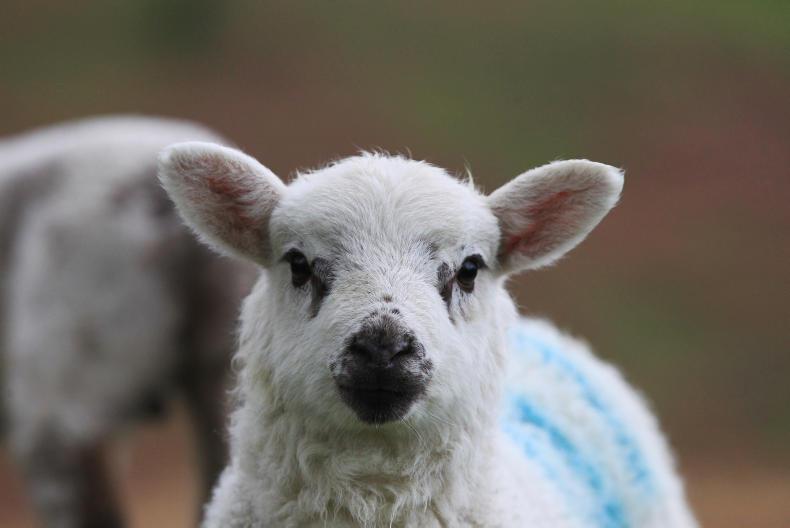It is the time of year when farmers are implementing a control programme for external parasites. This is particularly useful if sheep have been brought on to the farm.
Dipping remains the best control option as it is capable of addressing all external parasites in one treatment. Dipping is, however, only effective where product guidelines have been followed and the dipping solution is maintained at the correct concentration.
Usage
Dip should also only be used on the day that it is prepared to prevent issues with post-dipping lameness, while it is also vital to ensure that operators wear appropriate personal protective equipment.
Where an alternative control programme is being used, it is important to note that there are no products that cover all external parasites in one treatment.
There are a number of injectable products for controlling sheep scab but take note that some of these require repeat treatment, while there are pour-on products that will treat for lice, ticks, keds, etc.
Therefore, it is important to identify the root of the problem to allow targeted treatment.
Ration formulation
A higher percentage of flocks have had to introduce meal to finishing lambs to underpin performance and address poor kill-out and fat cover.
There is a big variation in the cost of sheep feed, with simple three- or four-way rations costing from €220 where purchased in bulk delivery of a few tonnes, to €230 to €250 where purchased in half-tonne bags.
Purchasing in 25kg bags can add another €10 to €20 to the cost of a tonne of meal, while sheep crunch or cooked feeds can cost upwards of €300/t.
There is no need for expensive rations when finishing lambs, with high energy the most important component for finishing lambs at grass.
Mixes with cereals such as barley, maize, wheat and ingredients such as beet pulp and soya bean/hulls work well and should form the basis of the ration.
Be careful not to let a high protein content and a range of ingredients mask over lower-energy ingredients.
Read more
15% of dogs still not chipped
Sheep prices: steady with signs of more life
It is the time of year when farmers are implementing a control programme for external parasites. This is particularly useful if sheep have been brought on to the farm.
Dipping remains the best control option as it is capable of addressing all external parasites in one treatment. Dipping is, however, only effective where product guidelines have been followed and the dipping solution is maintained at the correct concentration.
Usage
Dip should also only be used on the day that it is prepared to prevent issues with post-dipping lameness, while it is also vital to ensure that operators wear appropriate personal protective equipment.
Where an alternative control programme is being used, it is important to note that there are no products that cover all external parasites in one treatment.
There are a number of injectable products for controlling sheep scab but take note that some of these require repeat treatment, while there are pour-on products that will treat for lice, ticks, keds, etc.
Therefore, it is important to identify the root of the problem to allow targeted treatment.
Ration formulation
A higher percentage of flocks have had to introduce meal to finishing lambs to underpin performance and address poor kill-out and fat cover.
There is a big variation in the cost of sheep feed, with simple three- or four-way rations costing from €220 where purchased in bulk delivery of a few tonnes, to €230 to €250 where purchased in half-tonne bags.
Purchasing in 25kg bags can add another €10 to €20 to the cost of a tonne of meal, while sheep crunch or cooked feeds can cost upwards of €300/t.
There is no need for expensive rations when finishing lambs, with high energy the most important component for finishing lambs at grass.
Mixes with cereals such as barley, maize, wheat and ingredients such as beet pulp and soya bean/hulls work well and should form the basis of the ration.
Be careful not to let a high protein content and a range of ingredients mask over lower-energy ingredients.
Read more
15% of dogs still not chipped
Sheep prices: steady with signs of more life






 This is a subscriber-only article
This is a subscriber-only article










SHARING OPTIONS: